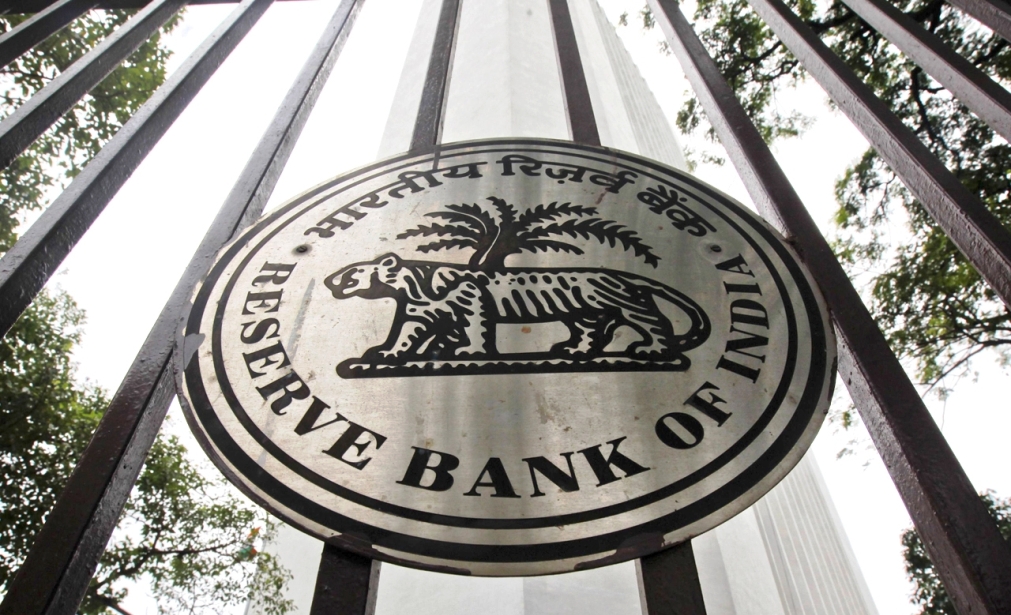Tanisha Rana
Published on: October 10, 2022 at 11:24 IST
A concept note on Central Bank Digital Currency (CBDC) was released by the Reserve Bank of India on Friday. Its goal is to raise awareness of such currencies in general and the planned features of the Digital Rupee in particular.
The Reserve Bank of India announced on Friday that it will soon begin a pilot launch of the e-rupee for specific use cases.
The RBI stated in a statement that it would periodically communicate about the unique characteristics and advantages of the digital rupee as the size and scope of such pilot launches grow.
“The e-rupee will provide an additional option to the currently available forms of money. It is substantially not different from banknotes, but being digital it is likely to be easier, faster and cheaper. It also has all the transactional benefits of other forms of digital money,”the RBI said.
According to the central bank, the concept note examines important factors such as technology and design options, potential applications for the digital rupee, issuance methods, etc. It analyses privacy concerns and looks at how the adoption of CBDC will affect the banking system, monetary policy, and financial stability.
According to RBI, CBDC is widely defined as digitally issued legal money from a central bank.
Similar to sovereign paper money but in a different format, it can be exchanged at par with current money and will be recognised as a means of payment, legal tender, and a secure place to keep wealth.
On the balance sheet of a central bank, CBDCs would show up as liabilities.
For all individuals, companies, governments, and other entities that can convert it into bank money or cash, CBDC will serve as a means of exchange, a kind of legal tender, and a reliable store of value.
Here are the concept note on digital currency’s key highlights from the RBI:
1. According to the concept note, central bank digital currency is a sovereign currency that issuing central banks issue in accordance with monetary policy. On the balance sheet of the central bank, it will show up as a liability.
2. All individuals, businesses, and governmental organisations must recognise the digital currency as a form of payment, legal tender, and a secure place to hold value.
3. Both cash and commercial bank currencies will be readily convertible into the digital currency. It will be fungible legal currency, and owners are not need to have a checking account.
4. It’s anticipated to make transactions and money issuance less expensive. The central banks are currently attempting to spread acceptance of a more acceptable electronic form of cash in light of the declining use of paper money.
5. India’s state-of-the-art payment systems, which are affordable, accessible, convenient, safe, and secure, will enable the central bank’s digital currency. According to the RBI concept note, the e-rupee will boost India’s digital economy, improve financial inclusion, and improve the efficiency of the monetary and payment systems.
6. The platform for the digital currency should be designed to be extremely scalable so that it can sustain very high transaction volumes and rates without suffering performance deterioration. It should be strong to guarantee the stability of the financial ecosystem, and among other aspects, contain tamper-proof access control methods and cryptography for data security.
7. Citing security concerns, the RBI concept note argues that central bank digital currency ecosystems may be susceptible to cyberattacks on a par with those that affect the current payment systems: “The cybersecurity considerations need to be taken care of both for the item and the environment.
8. Massive amounts of data are anticipated to be generated in real time by the central bank’s digital currency. After taking into account the issues with anonymity, suitable analyses of Big Data derived from CBDC can support the development of evidence-based policy. According to the concept note, it might also develop into a valuable data source for service providers who offer financial product insights.
9. The RBI emphasises the importance of consumer protection, describing it as a key pillar of financial stability. The central bank has asked for a framework for consumer protection that takes into account the differences in consumer digital literacy as well as strategies for enhancing consumer knowledge and transparency.
10. The RBI urged users to have seamless access to digital currencies. Additionally, a strong method for effectively and efficiently resolving consumer complaints was emphasised.
The finance minister had stated that the RBI would launch a digital counterpart to the rupee in the current fiscal year in the Union Budget for 2022–2023.
The Indian central bank has expressed grave worries about cryptocurrencies and aggressively opposed cryptocurrencies like Bitcoin. The RBI claimed that because these instruments are fundamentally speculative, they lack an underlying value.
A 30% tax on income from the transfer of virtual digital assets was also proposed by Finance Minister Nirmala Sitharaman during her budget speech in February; this tax is now in effect as of April 1.
The government has not yet made it clear how it feels about regulating or outlawing cryptocurrency.
The government has insisted that imposing the tax does not imply acknowledging these assets and that they will be handled independently following extensive consultations.
As it works toward a phased implementation strategy, going step by step through various stages of pilots followed by the final launch, the RBI is also examining use cases for the issuance of its own digital rupee, with little to no disruption to the financial system.
The RBI has also been weighing the advantages and disadvantages of the introduction of CBDCs for some time.
“The Digital Rupee system will further bolster India’s digital economy, make the monetary and payment systems more efficient and contribute to furthering financial inclusion,” the central bank said.

